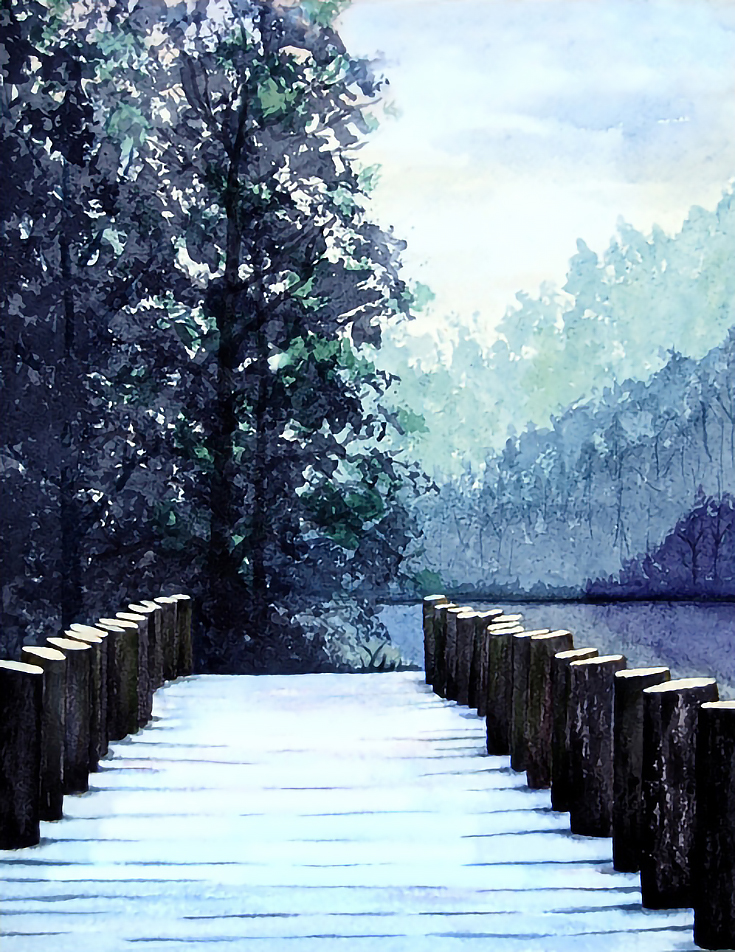Understanding the effect that color choices have on your artwork can greatly enhance your work. . . underestimating the importance of color theory, on the other hand, will often lead to paintings that lack that “wow!” factor which is so important in art.
There are many reasons why a painting might catch the eye or invoke emotion—but often, it’s the color scheme that plays the biggest part. For instance, a warm color scheme in burnt sienna will probably feel somber, while a cool cobalt blue painting is more likely to convey chilling austerity.
Here’s another example: a basic figure painting that incorporates a great deal of color contrast will be visually exciting, even if the pose is simple and plain. The exact same composition becomes much more subdued when less color contrast is used.
Using an analogous color scheme
One of the most visually appealing color schemes is an analogous color scheme. Analogous schemes use colors that are adjacent to one another on the color wheel: one hue is chosen as the dominant color, then two or three neighboring colors assist in achieving a harmonious painting.
In the painting above, the dominant color is blue, and the analogous colors are blue-green and blue-violet. All of those hues together create a pleasant harmony of color throughout the crisp, early morning winter scene.
There is little doubt that the colors in that painting help convey the frigid weather conditions, and the feel of the crisp white frost on the dock.
Using an analogous complementary color scheme
But what if we take this color scheme one step further? When you add a complementary color into your analogous color scheme, you can change the entire look and feel of your painting.
Blue is our dominant color in this painting, so the complementary color we need is orange—since it sits directly opposite of blue on the color wheel.
As you can see, introducing a warm, contrasting color into our palette has added more than a touch of visual excitement. The difference in color temperature between the orange and the analogous blues also contributes an element of the unexpected—a “wow!” factor, if you will.
Of course, both analogous and complementary analogous color schemes have their uses, and both can help you create a pleasing and harmonious painting. . . so next time you wish to convey a specific message or feeling in your art, don’t underestimate the important role of color palette choices in accomplishing your goal.
This post may contain affiliate links.


